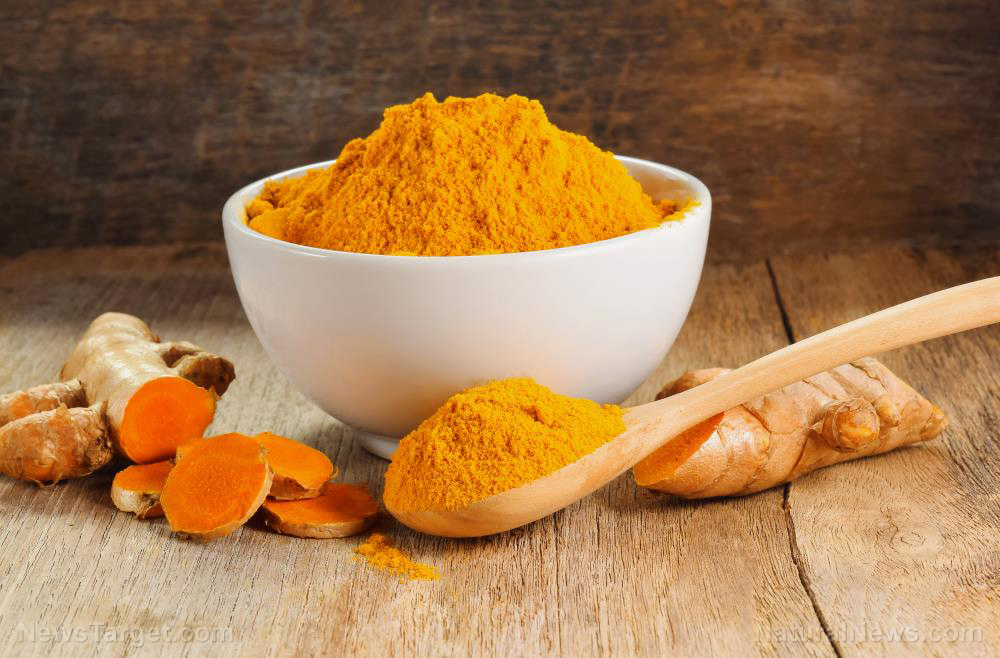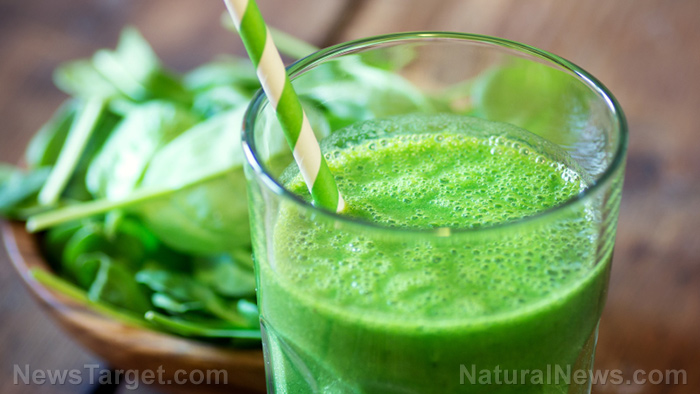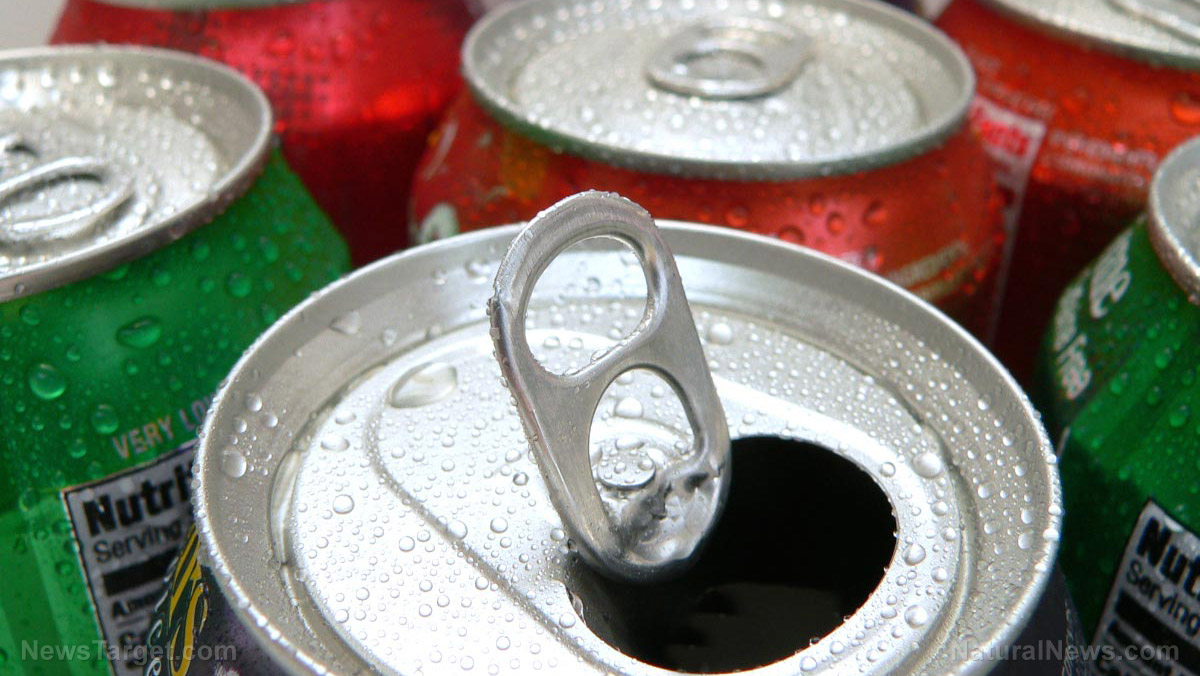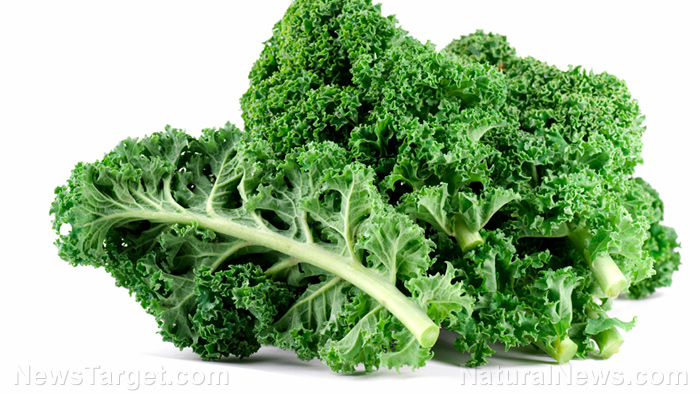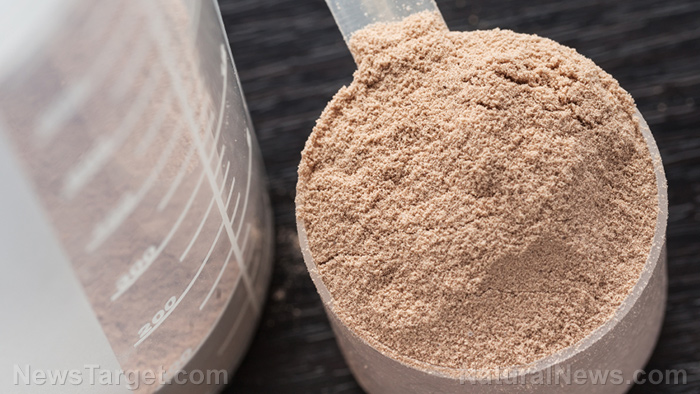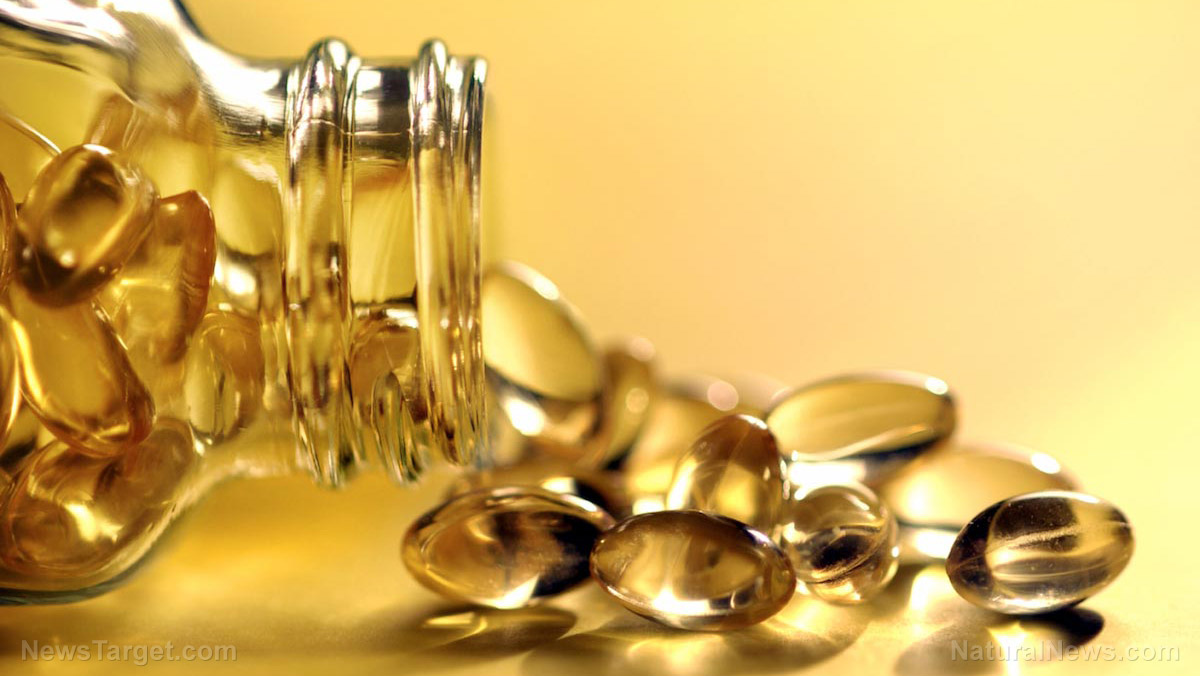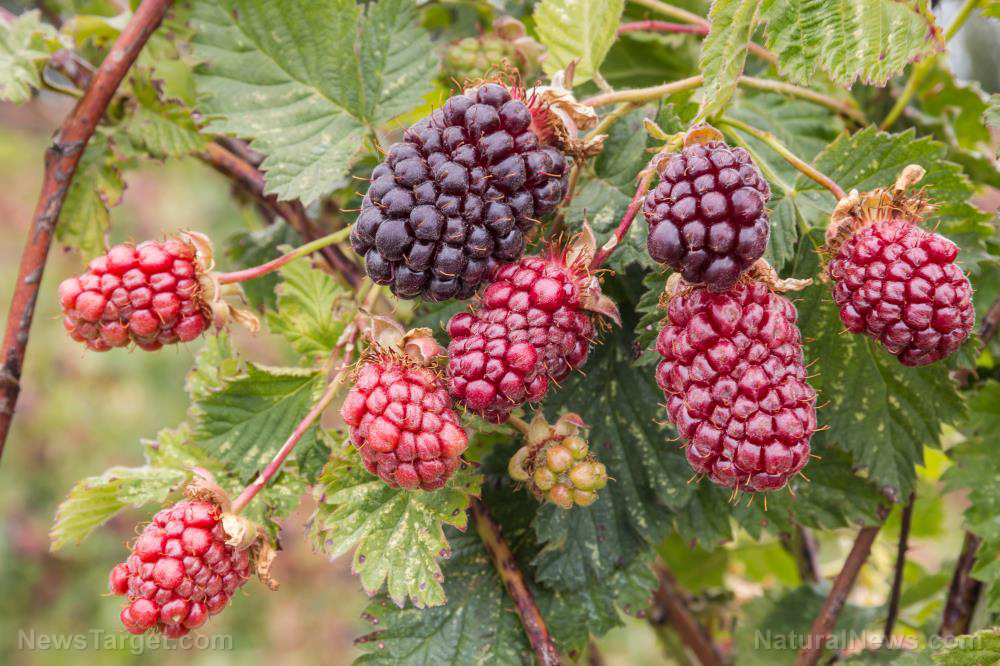Color changes our perception and taste of food
02/23/2019 / By Zoey Sky
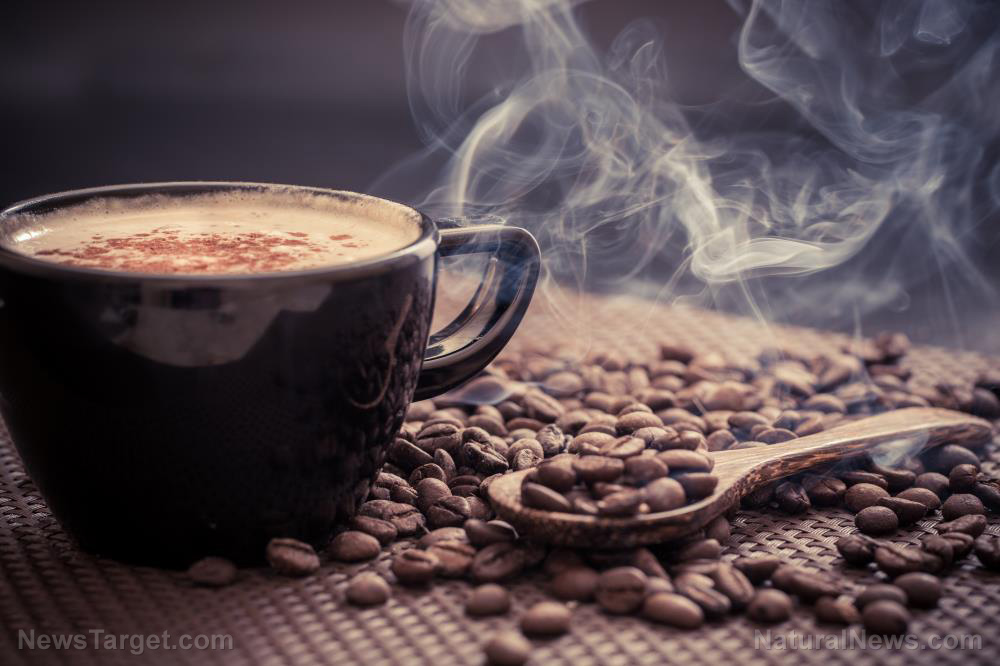
Certain colors can affect your mood while some kinds of food may evoke your most cherished memories. According to a study, color can also influence the taste of food while personal experiences and expectations can change how you taste food.
The study, which was published in the journal Food Quality and Preference, was conducted by researchers from Penn State University (PSU).
The link between food color and taste
John E. Hayes, associate professor of food science and director of the Sensory Evaluation Center at PSU, explained that the color of a beverage can influence how a person thinks it should taste. To illustrate, yellow is often associated with drinks that are sour like lemonade. Meanwhile, red is associated with drinks that are usually sweet, like sports drinks.
In the study, researchers wanted to find out if people could learn color-taste associations and if they can learn new color-taste associations. The PSU research team also wanted to determine why certain individuals “enjoy the bitter taste in some foods but not others.”
Molly J. Higgins, a doctoral candidate in food sciences, said that even though bitterness may indicate toxicity, there are people who enjoy chocolate, coffee, and IPA-style beers. IPA stands for India Pale Ale, and it is considered one of “the most aggressively hopped beer style.” IPA-style beers have bitter, citrusy, earthy, floral, fruity, and piney flavor notes.
For the study, Hayes and Higgins wanted to determine if there were differences between various bitter compounds. The researchers were also curious if people could taste those nuances.
Finding out if there are different types of bitter tastes could explain why some individuals like the bitterness of coffee but not the bitterness of chocolate. Hayes posited that there may be different kinds of bitterness, even if experts don’t have the language to describe it yet.
Testing color-taste associations
In the study, Hayes and Higgins tested if the participants could learn how to associate specific tastes with certain colors. They did this by creating solutions that tasted bitter, savory, sour, or sweet. Each solution was then paired with a unique color, like green for sweet or red for bitter.
The researchers didn’t want to bias their sample so they refrained from using preconceived color-taste pairings, like red for sweet. In the first experiment, the volunteers were instructed to taste the colored liquids over four different sessions.
After the first experiment, the participants were given uncolored solutions that they had to taste. The volunteers were also instructed to choose a color for each solution. (Related: Food scientists use VR to show how our perception of real food is altered by our surroundings.)
The researchers found that the participants matched the correct color and taste 59 percent of the time in the first experiment. The results were noticeably higher than the researchers’ estimate from random chance, which would have been 25 percent.
The scientists were surprised to discover that some volunteers learned how to associate new colors with different tastes after only four exposures.
Inspired by the positive results, the researchers ran a second experiment to see if the participants could distinguish between three different bitter tastes: caffeine, quinine, and Tetralone, a hop extract found in beers.
The researchers repeated the experiment with a new group of study subjects and they also assigned unique colors to each bitter chemical, like green for quinine and yellow for caffeine. But after four lab visits, the volunteers were unable to match the colors to the corresponding bitter compounds better than the researchers’ estimate from random chance.
While the researchers didn’t get the results that they expected, they were fascinated by how quickly some of the volunteers learned new color-taste associations in the first experiment. Higgins concluded that certain individuals could “learn color-taste associations well, while others may be more resistant to changes or new color-taste associations.”
Visit Food.news to read more articles about research findings on how perception affects the taste of food and beverages.
Sources include:
Tagged Under: beer, bitter foods, bitterness, Chocolate, coffee, color, food and drink, food industry, food marketing, food science, Fresh, grocery secrets, mind body, taste, toxicity, weird science




